How to pour concrete for a pickleball court?
How to pour concrete for a pickleball court? Pouring concrete to fashion a pickleball court involves the meticulous blending and placement of a robust, enduring material onto the ground, a process akin to fashioning a resilient foundation for an enjoyable game. The steps are straightforward: preparing the ground, outlining the court shape, pouring the concrete, allowing it to set, and finally, adding those defining finishing touches.
At the core of creating your personalized pickleball court lies the precision of pouring concrete, an art that unlocks the potential to transform a vacant expanse into your very own pickleball sanctuary. Have you ever envisioned converting a space into your ultimate pickleball arena? What are the steps to bring this vision to life? Mastering the craft of pouring concrete for a pickleball court holds the answer to converting your aspirations into a tangible reality.
The act of pouring concrete for a pickleball court mirrors the creation of a sturdy, level groundwork for enjoyable gameplay. Initially, clearing the ground is essential, followed by outlining the court’s perimeter using wooden boundaries. The concrete is then expertly mixed and evenly poured within this frame, meticulously smoothed out, and left to dry. Before long, a robust court will materialize, eagerly awaiting thrilling matches and shared moments of sporting delight.
How to pour concrete for a pickleball court?
The following steps will help to get the answer to How to pour concrete for a pickleball court? Let’s have look:
Step 1: Prepare the Ground
The foundation of a successful pickleball court starts with the proper preparation of the ground. This initial step is crucial for ensuring a stable and durable base for the subsequent concrete pouring process.
- Clearing the Area: Begin by removing any debris, rocks, or vegetation from the designated court area. Clearing the ground ensures a clean slate for the construction process.
- Levelling the Surface: Use tools such as a shovel or a grading rake to level the ground. A flat and even surface is essential for the uniform distribution of concrete, preventing any unevenness in the final court structure.
- Compacting the Soil: Employ a plate compactor to compress the soil. This step enhances the ground’s stability and reduces the risk of settling over time. Compacting the soil provides a solid base for the concrete foundation.
- Marking the Court Dimensions: Use marking paint or stakes and string to outline the dimensions of the pickleball court on the prepared ground. Accurate measurements are crucial for creating a well-proportioned and regulation-sized playing area.
Step 2: Curing the Concrete
After pouring the concrete, ensuring proper curing is essential to attain the desired strength and durability. Curing involves maintaining optimal moisture and temperature levels, facilitating the concrete’s proper setting.
- Covering the Concrete: Immediately after pouring, cover the concrete surface with a curing compound, plastic sheeting, or damp burlap. This covering helps retain moisture, preventing rapid evaporation and ensuring a more uniform curing process.
- Maintaining Moisture: Regularly check the concrete surface to ensure it remains moist. Sprinkling water or using a garden hose to dampen the covering helps maintain the necessary moisture content. Moist curing over an extended period aids in achieving optimal strength and durability.
- Avoiding Premature Drying: Protect the concrete from extreme heat or direct sunlight, as these conditions can lead to rapid drying, which may result in cracking or weakened structural integrity.
- Duration of Curing: Understand the recommended curing period based on the type of concrete used. Typically, concrete requires curing for at least seven days to achieve adequate strength. However, longer curing periods, up to 28 days, can significantly enhance the concrete’s durability.
- Monitoring the Process: Regularly inspect the curing concrete for any signs of cracks or uneven drying. Adjust the moisture levels or coverings as needed to ensure uniform curing and a solid, resilient pickleball court foundation.
Step 3: Cost Estimation
Determining the budget for constructing a pickleball court involves considering various factors, including materials, labour, and optional amenities. The costs can vary based on location, court size, and the desired quality of construction.
| Material Expenses | Labor Costs | Additional Costs |
| Concrete: Calculate the cost of concrete based on the required volume for the court dimensions. Consider the quality and mix of concrete for durability. Wooden Boundaries: If using wood to outline the court, factor in the cost of materials for framing. | Excavation and Ground Preparation: Estimate the expenses associated with clearing, levelling, and compacting the ground. Concrete Pouring and Finishing: Budget for the labour required to mix, pour, and finish the concrete. | Marking and Painting: Include expenses for marking the court dimensions and painting lines. Curing Materials: Factor in the cost of curing compounds or coverings used during the curing process. |
Some minor costs are as follow:
- Equipment Rental: If you need to rent equipment like concrete mixers, compactors, or grading tools, incorporate these costs into the budget.
- Professional Services: If you seek professional guidance or design assistance, budget for consulting fees.
- Contingency Fund: Allocate a percentage of the budget for unexpected costs that may arise during construction.
- Optional Amenities: If you plan to include amenities like lighting, fencing, or seating, estimate the associated costs.
- Comparison with Local Rates: Research local rates for materials and labour to get a more accurate estimate based on your geographical location.
Step 4: Collaborating with a Contractor
Partnering with a contractor plays a pivotal role in bringing your pickleball court vision to fruition. This collaboration ensures efficiency and quality throughout the project.
- Research and Selection: Identify potential contractors experienced in sports court construction through local research or recommendations. Ensure they possess the necessary licenses and insurance.
- Initial Consultation: Arrange for a site visit, allowing the contractor to assess the location. Clearly communicate your requirements and expectations for the court.
- Cost Estimates and Contracts: Request detailed cost estimates and review contracts thoroughly. Pay attention to project timelines, payment schedules, and included warranties.
- Communication and Updates: Establish clear communication channels for regular updates on progress, challenges, and timelines. Address how concerns or changes will be handled.
- Quality Assurance: Define inspection milestones during construction to ensure adherence to quality standards. Conduct a final walkthrough before completion.
- Post-Construction Support: Understand the contractor’s post-construction support and warranty terms. Clarify how potential issues will be addressed after completion.
- Client References: Seek references from the contractor and contact previous clients for insights into reliability and work quality.
- Legal Considerations: Ensure all construction aspects are clearly outlined in the contract and understand the liability aspects.
Step 4: Pour the Concrete
The process of pouring concrete for a pickleball court demands precision, especially in the mixing phase. Achieving the right consistency and uniformity in the concrete mix is crucial for the court’s durability and stability. Following are the material required for the puring the concrete:
- Gather the necessary materials: cement, aggregates, water, and any additives required for enhancing strength or reducing water content.
- Utilize a concrete mixer or a wheelbarrow and hoe for small-scale mixing.
- For larger projects, consider a mechanical mixer for consistent blending.
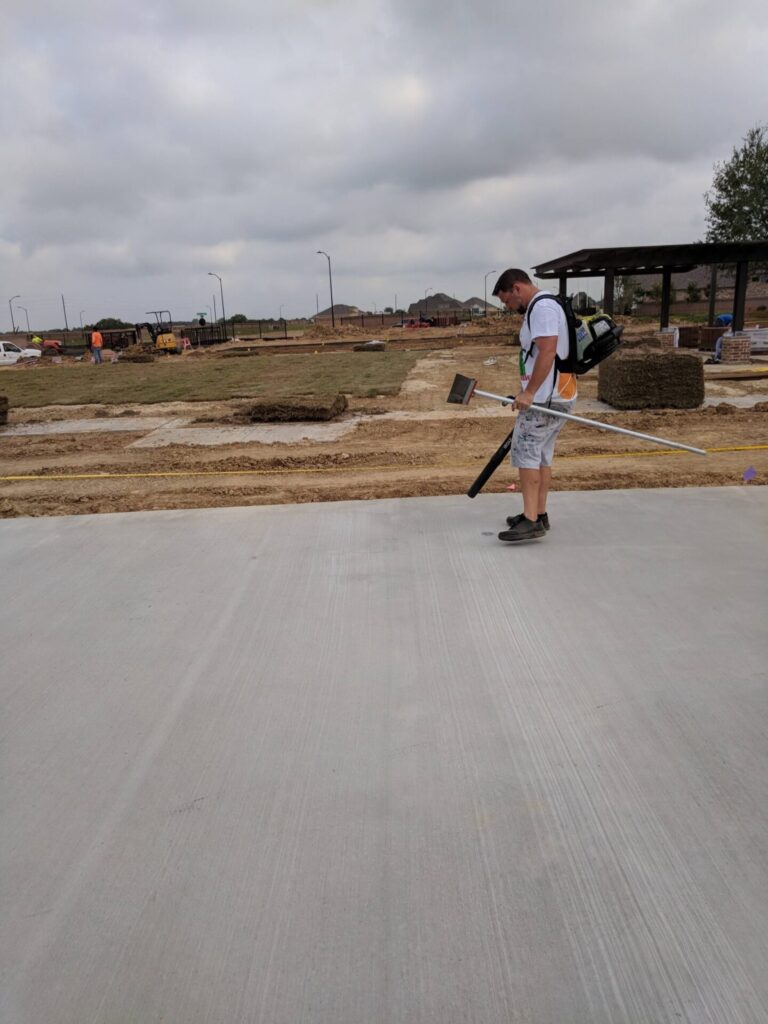
Accurately measure the quantities of cement, aggregates, and water as per the recommended mix design or ratio for the desired concrete strength. Follow the specified ratios meticulously to ensure the concrete’s structural integrity. Here’s an in-depth look at the proper mixing techniques:
- Start by adding the appropriate amount of water into the mixing container or mixer.
- Gradually introduce the cement and aggregates, blending them thoroughly. Ensure a homogenous mix without any clumps.
- Continuously mix the concrete, ensuring all components are evenly distributed. Avoid adding excessive water, as it can weaken the concrete.
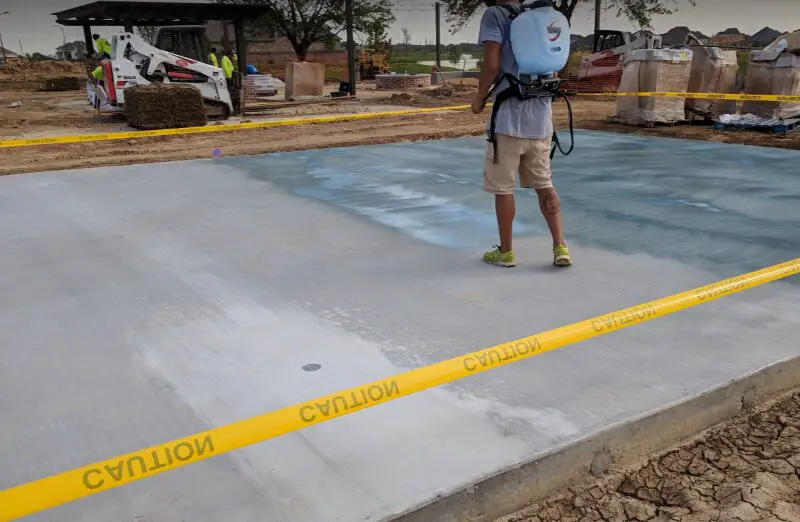
Step 5: Do the Consistency Check
Assess the concrete’s consistency by observing its texture and flow. The mix should be workable but not overly wet or stiff. Perform slump tests periodically to ensure the concrete maintains the desired consistency. The following are some consistency checks:
- Mixing Time: Adequately mix the concrete for the recommended duration to achieve proper homogeneity. Overmixing or undermixing can compromise the concrete’s strength.
- Environmental Considerations: Account for weather conditions during mixing. Adjust water content or mixing times based on temperature and humidity to prevent rapid drying.
- Quality Assurance: Conduct periodic checks during mixing to ensure uniformity and consistency. Adjust mixing techniques as needed to maintain quality.
- Transport and Pouring: Once adequately mixed, promptly transport the concrete to the prepared court area and pour it evenly within the outlined boundaries. Employ appropriate tools, such as screeds or floats, to level and smoothen the poured concrete for a uniform surface.
FAQs
What is pickleball?
Pickleball is a pedal game called a Mix of table tennis and badminton.
What type of concrete is best suited for a pickleball court?
Select high-quality concrete with a suitable mix design, typically using a blend of Portland cement, aggregates, and water for durability and strength.
How long does it take for the poured concrete to set before the court is ready for play?
Concrete sets initially within a few hours to a day but requires 7 to 28 days to achieve optimal strength before the court is ready for use.
What factors impact the cost of constructing a pickleball court using concrete?
Costs vary based on materials (concrete, wood for framing), labour charges, equipment rentals, additional amenities, professional services, and unforeseen expenses.
Can I pour concrete for a pickleball court myself, or do I need professional assistance?
While it is possible to do it yourself, hiring experienced contractors in sports court construction is advisable for quality, regulation adherence, and overcoming potential challenges.
How crucial is the proper mixing of concrete, and what are the critical steps for an optimal mix?
Proper mixing is essential. Precise material measurement, accurate mixing ratios, consistent blending, and achieving the right consistency without excess water ensure a durable court surface.


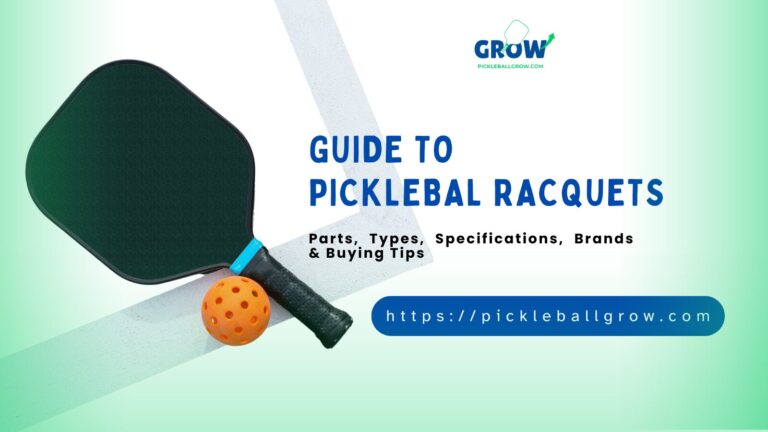
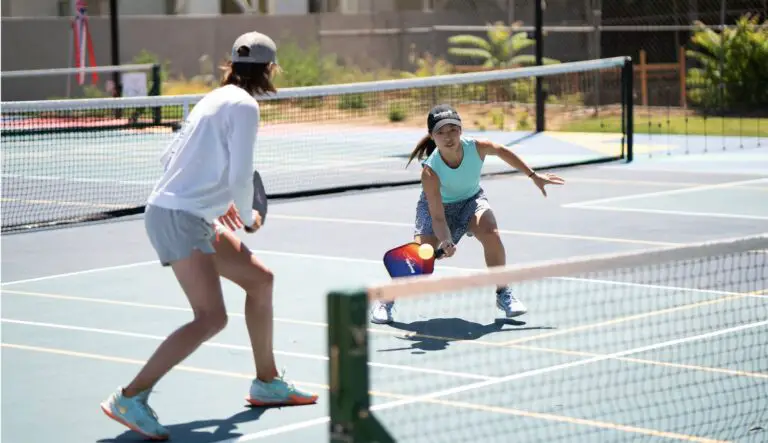

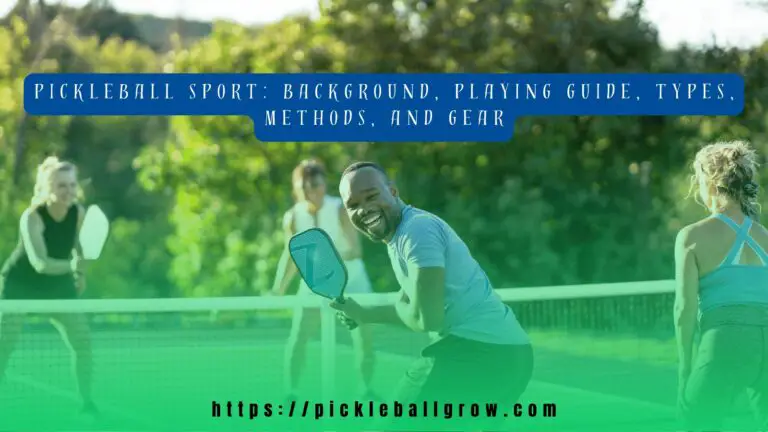

2 Comments